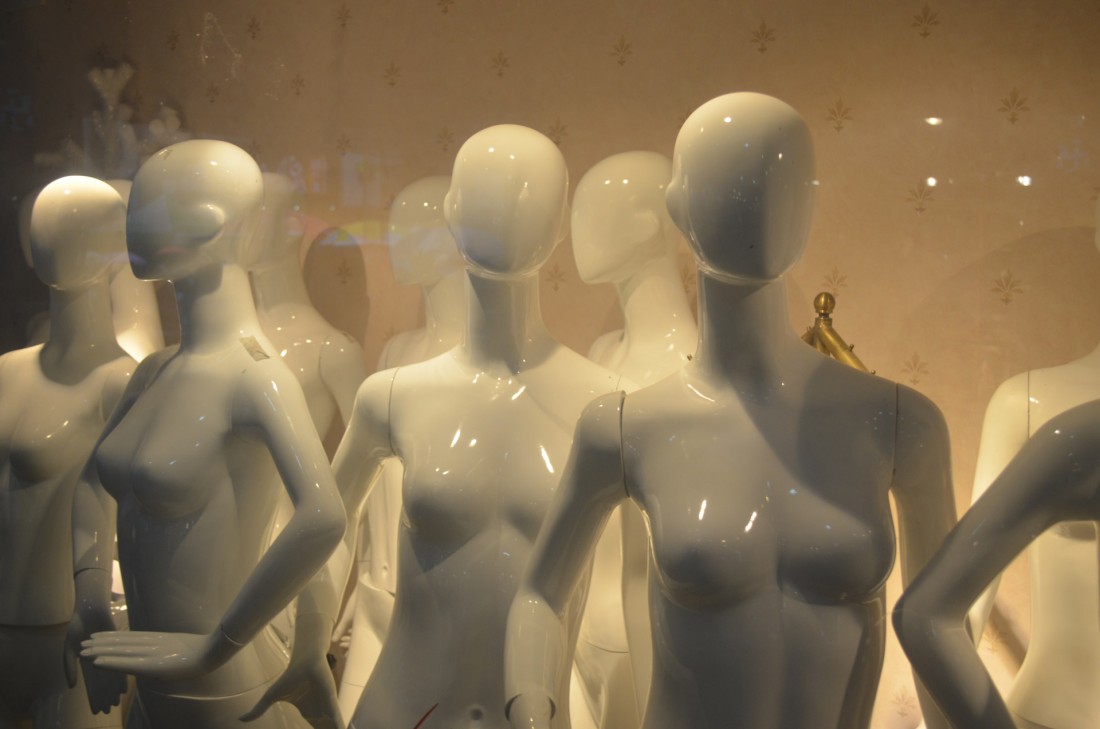Last summer, as fashion journalists covering the London Emerging Designer Awards, my co-editor and I thought that the halfway drinks reception would be the perfect opportunity to make some interesting connections in the fashion industry. With our champagne flutes constantly being refilled, we flitted around between designers, models, photographers, agents.
Falling into conversation with a group of photographers who worked for a ‘big’ magazine, we were chatting about the commission of some pieces. I was then interrupted by one of the main photographers who told me that he liked my legs and that I should do some modelling for him. Slightly flustered at his comment, I attempted to continue the conversation but was once again interrupted by him when he grabbed my hand and led me to a nearby spiralling set of stairs.
“Pose for me!”, he exclaimed, bringing the camera to his eye. I smiled awkwardly, unable to understand why I suddenly felt so uncomfortable. I had, after all, spent a lot of my teen years in front of a camera, working with pushy photographers and getting attacked by hair and make-up artists. This time it was different though. This time I wasn’t modelling; I was at the runway show to cover it for a magazine. Being asked to pose for the photographer wasn’t flattering, it was insulting. It seemed no one could take me seriously as I struggled to hold professional conversations, receiving only winks and flirtatious grins.
Several years earlier, walking down Oxford Street one afternoon as a 14 year old, I was pulled aside by a tall well-dressed man who told me he worked for Hollister. He asked me whether I was interested in working in their store and I told him with both regret and embarrassment that I was still only 14. Half an hour later I was stopped again, and this time I was offered a card with the number of a modelling agency. I was told that my tall frame, ‘brooding features’ – and most importantly, the fact that I was very slim – were exactly what they were looking for. That was my introduction to the fashion industry as a young teenager.
Yet working as a model was everything that I didn’t think it would be; and not in a remotely positive sense. Not only did people at school give me the ‘she’s not that pretty’ look up-and-down, but I was assigned an agent who treated me as no more than a commodity. I attended studio shoots where a string of 15 photographers would demand I strike the same poses again and again, hour after hour and claim me for an additional two hour shoot in an outdoor location; asking only the consent of my agent. One photographer asked me to smile for him and then immediately grimaced, “ooh, don’t do that again.” I was continuously told which angle of my face looked worst and they would critically comment on the way I looked at every given opportunity. At the end of eight-hour long shoots, my agent would hand me a string of paper work that I had to sign, allowing the photographers to use and sell on my photos. I didn’t really have an option not to sign them.
The issue that people often bring up with modelling is that of weight. The reality is, even if you are the desired weight to model, there will always be something wrong with you. It took me three years to realise that modelling had entirely crushed my self confidence, making it hard for me to engage in conversation in groups, look people properly in the eye or even feel like I could smile freely. Not only do models not have a voice the moment they are photographed, but they are reduced to the status of an object and the lack of respect shown to them behind-the- scenes is shocking. They are no more than a prop for the photographer, the artistic-directors and the agency. Yet so many teenage girls still jump at the opportunity without fully grasping how reducing such a line of work can be. The fashion industry still has a long way to go in reforming the treatment of models, but the most important thing is that the model knows exactly what they’re in for before they start.



